Month: May 2024
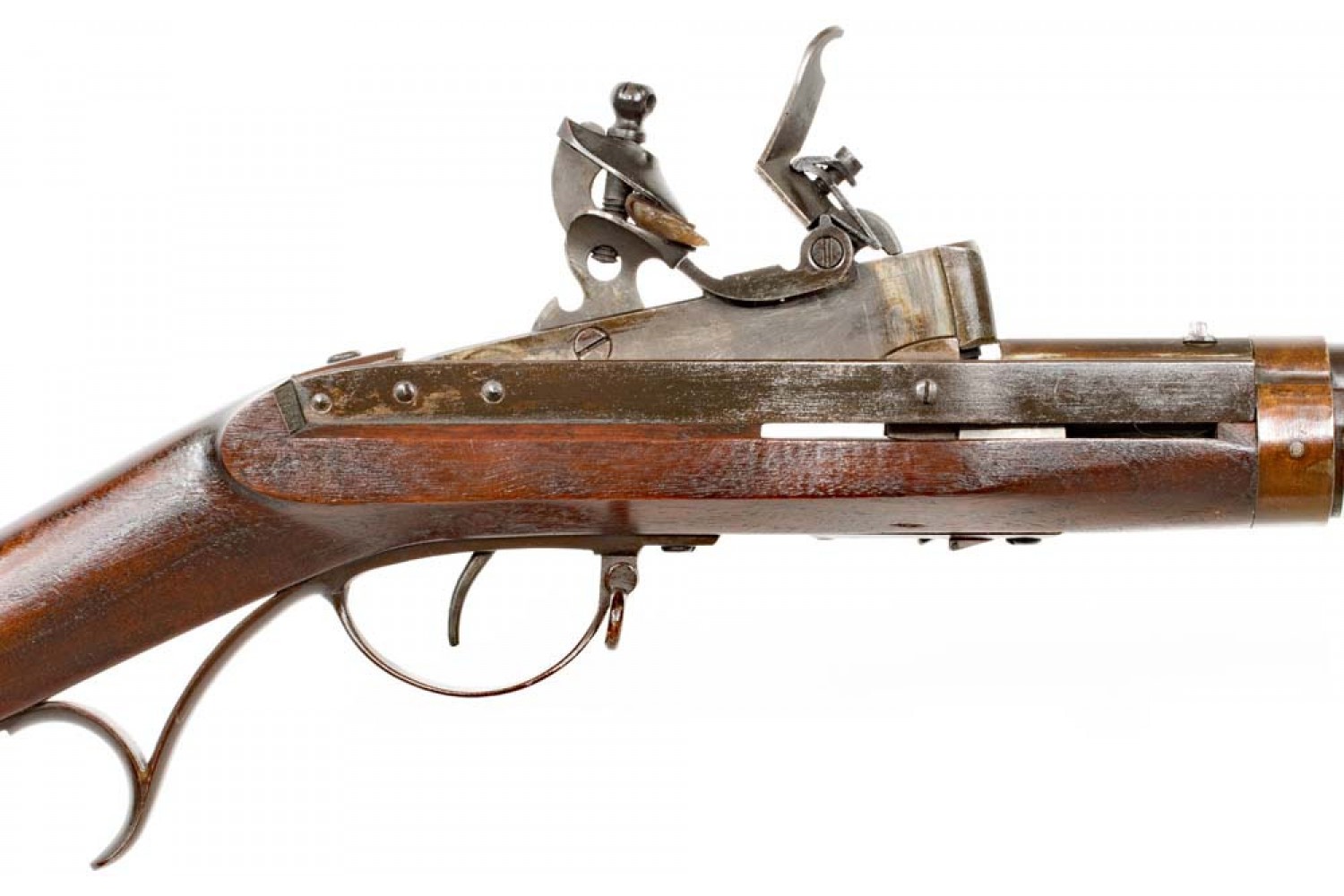
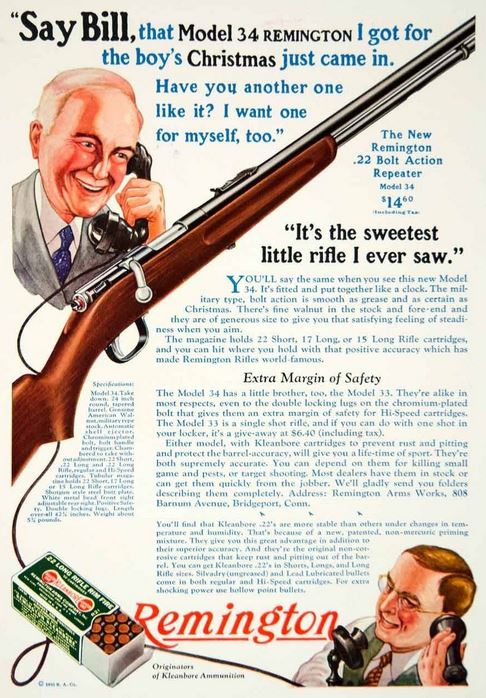
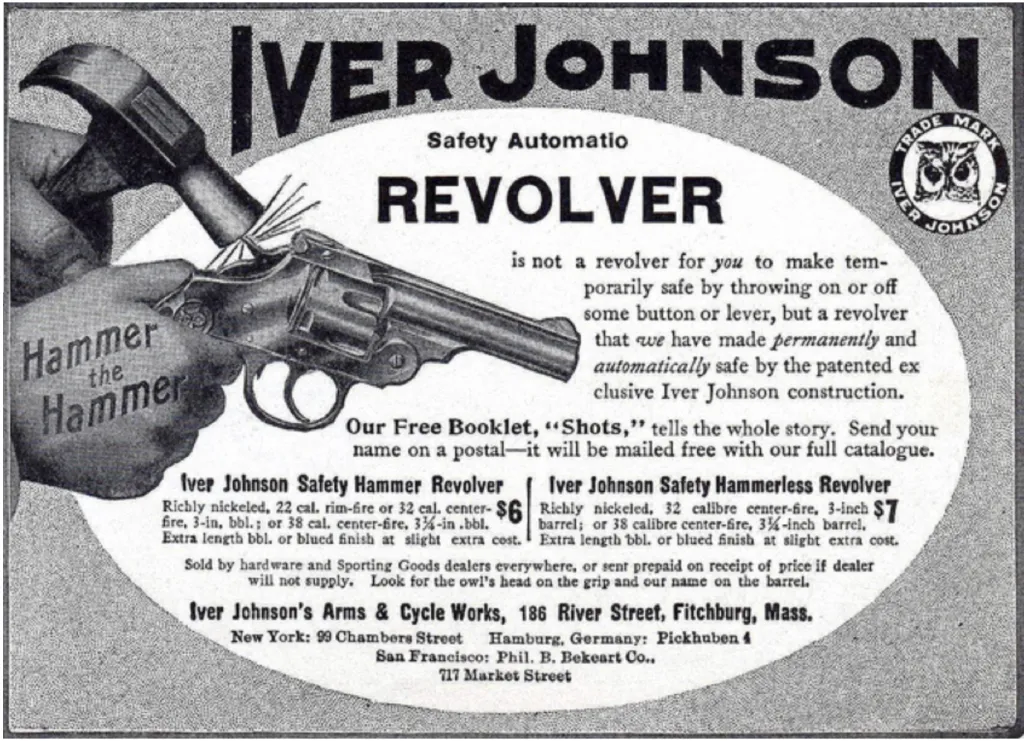



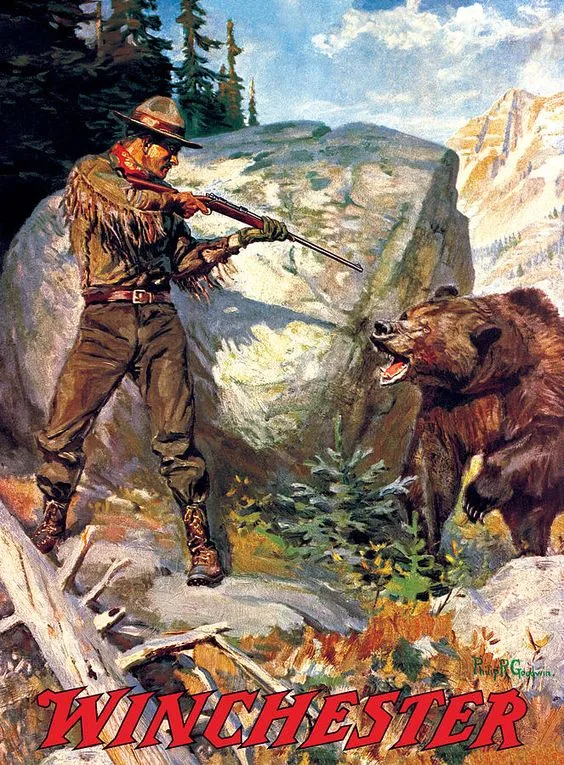





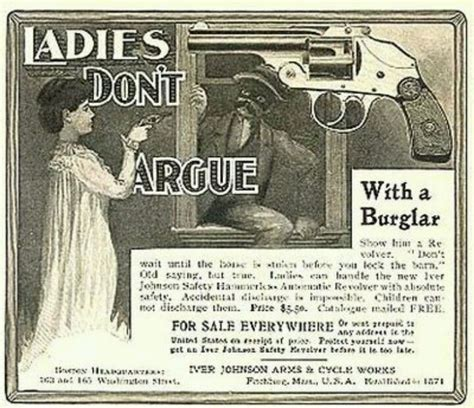


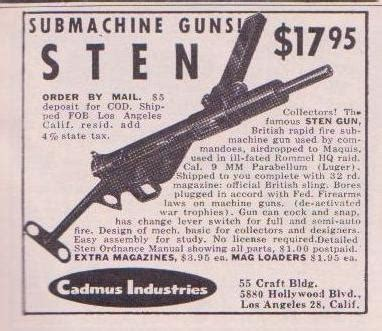


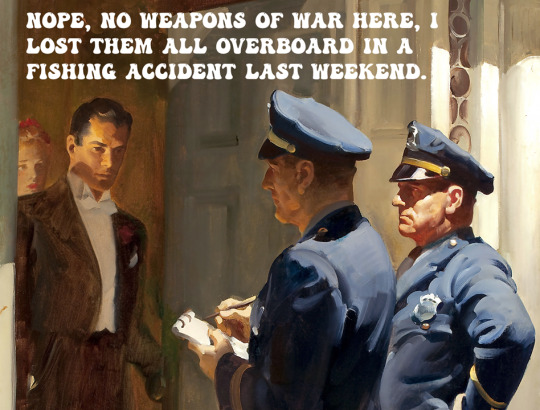

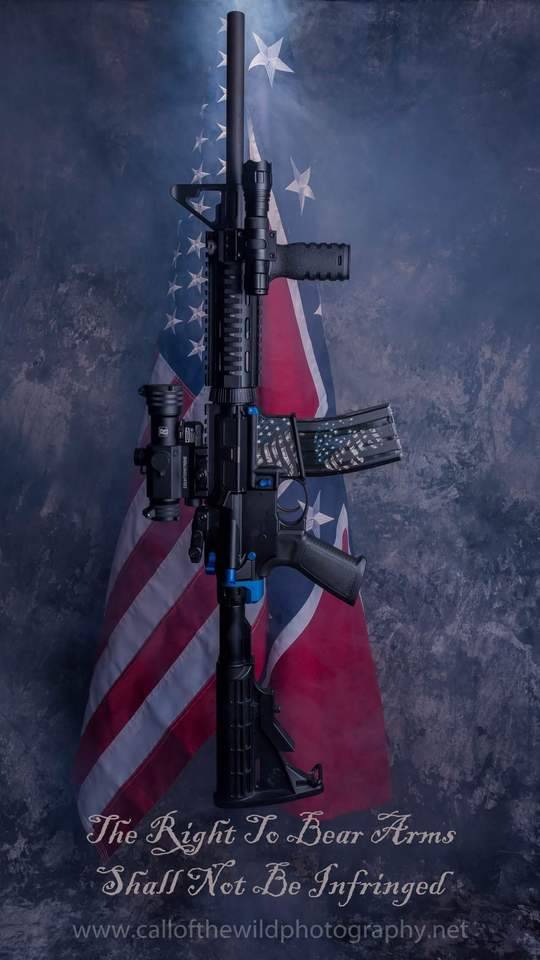


The 1853 Enfield rifle-musket is thought to be the first modern infantry rifle and was one of the most influential guns of all time.
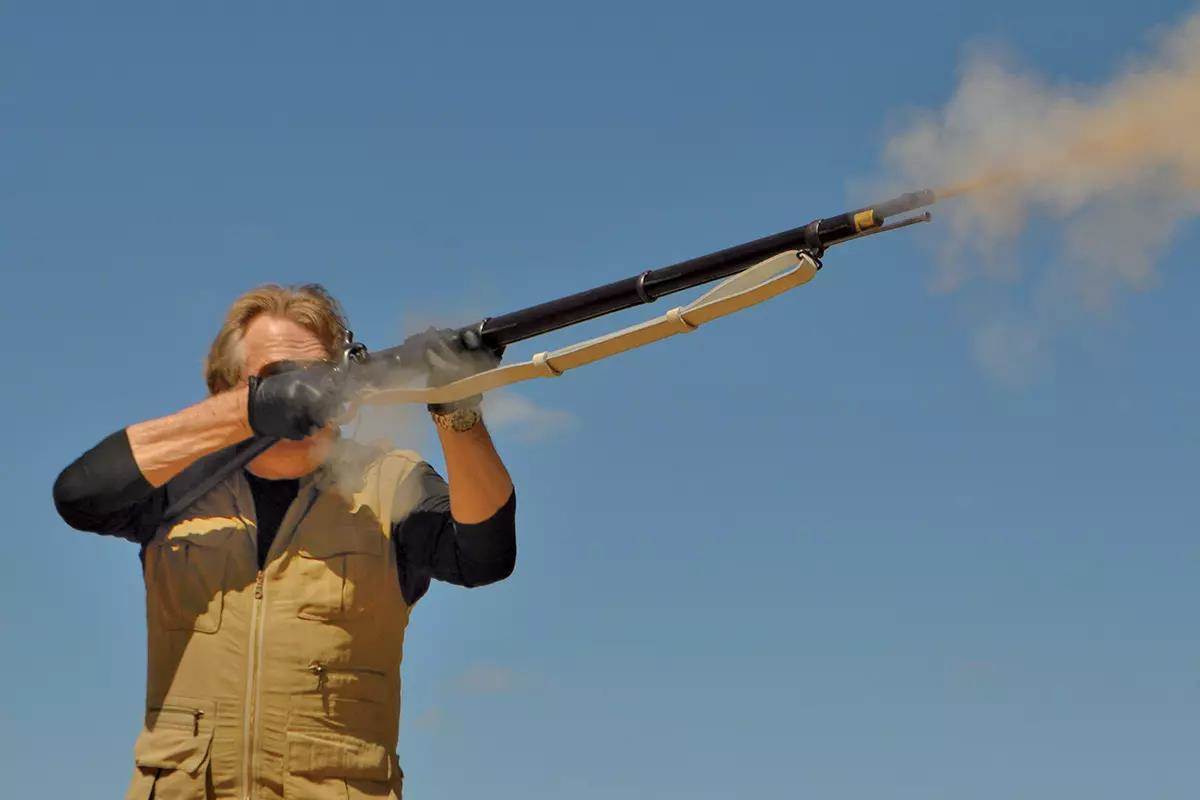
The venerable Pattern 1853 (P-53) Enfield is familiar to every Civil War reenactor, every shooting devotee of the Indian Mutiny of 1857, and every historian or novelist who dwelt in the bloody confines—mentally, at least—of that infamous conflict.
The 1853 Enfield rifle-musket was used by troops on both sides in the Civil War and was the most-used firearm after the .58 Springfield. Author Brett Gibbons believes the P-53 was the first modern infantry rifle, and it was, without question, one of the most influential guns of all time. Its range and accuracy irrevocably changed infantry tactics and the very way in which battles are fought. It not only changed the training required for infantrymen, but also altered society’s perception of the common soldier.
Contrary to folklore, it did not cause the Indian Mutiny, but it certainly provided the spark and a convenient excuse to avoid explaining the far deeper and more complicated reasons. The spark was not the rifle but its paper cartridge and, more specifically, the lubricant (grease) used to soften the blackpowder fouling.
The story of the P-53, its paper cartridge, and their joint influence on the course of history, ballistics, ammunition manufacturing and testing, rifle design, development and testing, infantry tactics and training, and, ultimately, military strategy is too vast and multifaceted to even attempt an explanation here.
Gibbons is one of those individuals to whom we should all be grateful. From all appearances, he has devoted his life to the study of the P-53 Enfield and its ammunition, and he has written it all down and published it in four books. These are The Destroying Angel, The English Cartridge, Fire and Powder, and a rewrite, in modern English, of the British manual of musketry from 1859. They cover, in order, the advent of the rifle-musket on the world’s battlefields in the 1850s, then a close study (and how-to manual) on the paper cartridge, and finally the making of (and how to make your own) blackpowder to emulate, if not quite duplicate, the superb gunpowder available in Britain through the late 1800s.
All four can be had for a little more than $30, and if you have any interest in any of the above subjects, you will never spend a better $30. They are available from his website at www.PaperCartridges.com.
Gibbons tells his stories exceedingly well and has certainly convinced me that the P-53 was the first modern infantry rifle. Other writers maintain it was among the last of the “old” infantry rifles—muzzleloaders were replaced by breechloaders by the late 1860s—and chronologically, this is certainly true.
When you read the full story, however, it becomes obvious that the final step to the self-contained metallic cartridge, loaded from the breech, was more the ultimate piece of the puzzle than it was a ballistic epiphany. In fact, the P-53 became Britain’s first service-issue breechloader (the Snider-Enfield conversion) and one man—Col. Edward Mounier Boxer—was pivotal to both.
Gibbons begins the story with the Battle of Balaclava, in which the famous “Thin Red Line” of the 93rd Highlanders repulsed a Russian cavalry attack. Granted, they did so with the P-53’s predecessor, the Model 1851, but it established the value of aimed rifle fire at 600 yards with rifles in the hands of carefully trained infantrymen.
For Americans, the greatest interest in the P-53 is its use by soldiers on both sides during the Civil War. Recent historians, studying every imaginable aspect of that conflict, have concluded that far from being horrific death-dealers, the rifle-muskets used had little or no impact on various battles and have been overrated. As Gibbons points out, however, this failure—if it can be called that—was a result of the soldiers not having sufficient training to really put the rifle-muskets to use.
After reading and studying all this information for more than 60 years, for the first time since I initially began trying to concoct my own gunpowder at the age of 10, I feel like I have at least an inkling of how it all works.
Better late, one supposes, than never.

So nice we aren’t… We can use hollow points, and we do not have to attend their wounded or keep them alive. Everything is off the books. No Rules! Just remember, we don’t get protection under the Convention, so act accordingly.
In the end, the career felon shot and killed four law enforcement officers attempting to take him into custody (again) for a felon in possession of firearms. He wounded at least four other officers before he was shot dead.
CHARLOTTE — Monday marked a dark day for Charlotte, as four officers died and four more were shot while they were working “to keep the city safe.”
The chief of the Charlotte-Mecklenburg Police Department confirmed an officer with the department and three members of the U.S. Marshals Fugitive Task Force were killed in a shootout Monday while serving a warrant in east Charlotte.
CMPD Officer Joshua Eyer was critically wounded earlier before he died at the hospital, the chief said. He leaves behind a wife and a 3-year-old son.
New video from a neighbor’s house shows the chaos of one side of the shootout. It shows one U.S. Marshal shot twice and at least two others firing from behind cover.
WSOC named the deceased officers following the tragic turn of events.
CHARLOTTE — The chief of the Charlotte-Mecklenburg Police Department said they are not looking for any more suspects after four officers were killed and four more were shot in the line of duty on Monday.
Three members of a U.S. Marshals fugitive task force, deputy U.S. Marshal Thomas Weeks, North Carolina Department of Adult Corrections workers Sam Poloche and William “Alden” Elliott, were killed while serving a warrant at an east Charlotte home.
CMPD Officer Joshua Eyer was critically wounded before he died at the hospital Monday, Chief Johnny Jennings said.
Just over a week earlier, US Attorney General Merrick Garland admitted that gang members and repeat offenders drive violent crime involving firearms in America. This incident just proves his point.
It’s not gun violence, it’s gang violence.
Our condolences for the law enforcement officers who lost their lives and our best wishes for a recovery for the ones wounded.